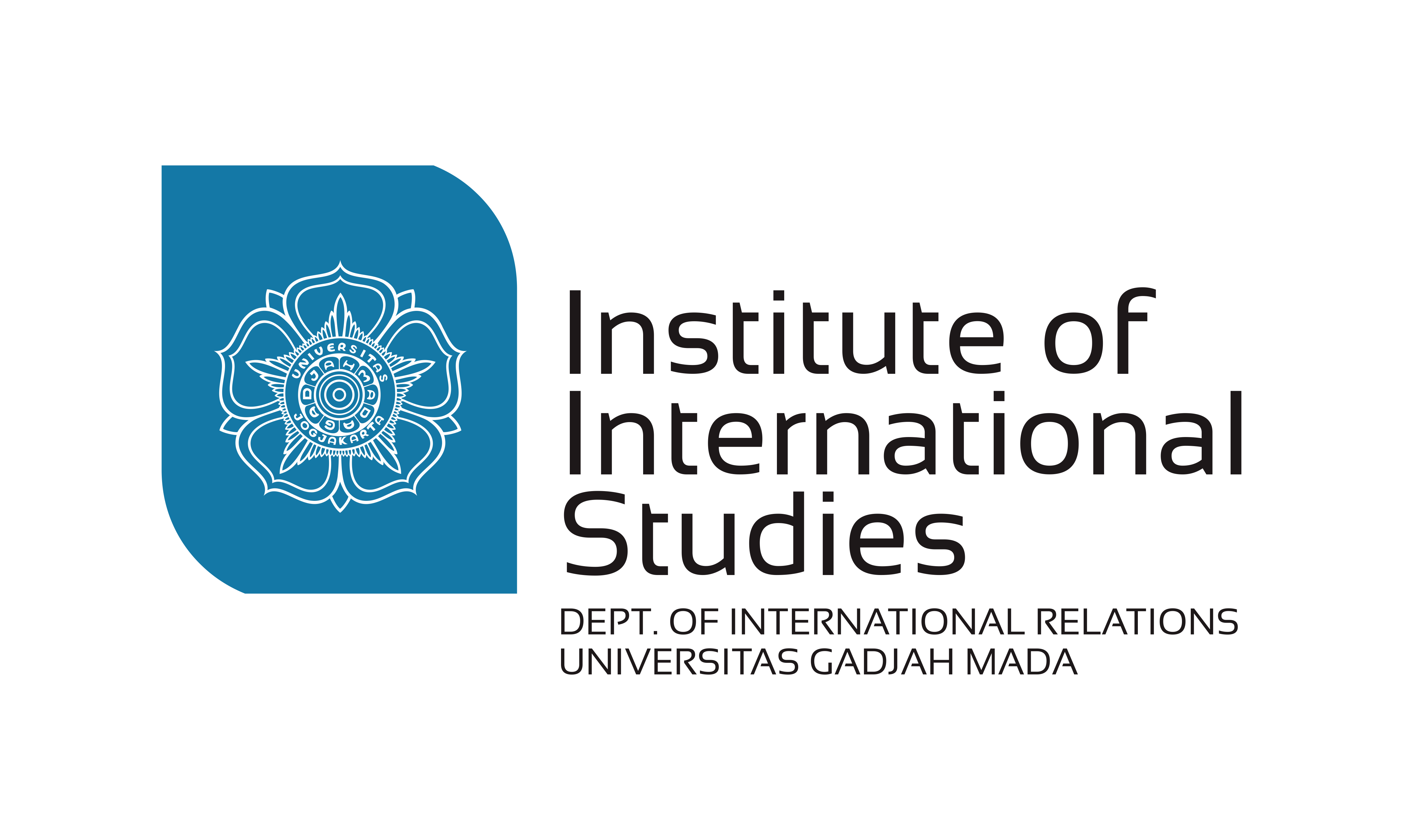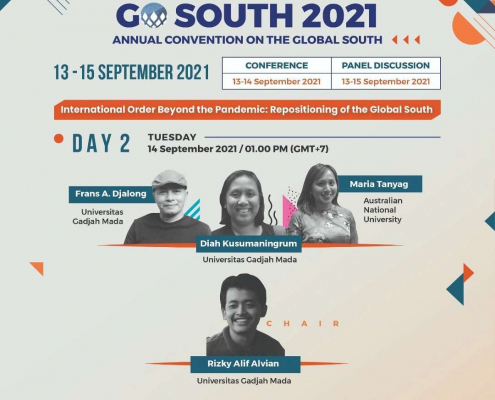On 29 June 2021, President Joko ‘Jokowi’ Widodo asserted that Indonesia is a democratic country that champions free speech (Cabinet Secretariat of the Republic of Indonesia, 2021). The statement was given following the University of Indonesia’s Student Executive Body criticism of Jokowi, calling the President’ King of Lip Service.’ However, on Wednesday, 22 September 2021, Coordinating Minister for Maritime Affairs and Investment and Jokowi’s right-hand man, Luhut Binsar Pandjaitan, filed a police report against two human rights defenders, Haris Azhar and Fatia Maulidiyanti, for defamation and libel by using the draconian Information and Electronic Transactions Law, along with a civil lawsuit asking for an IDR100 million compensation. Luhut’s decision contradicts President Jokowi’s statement and, alas, proved that Indonesia is not a free speech country as Jokowi assumed it is.
How We Get Here: A Chronology
On 12 August 2021, a coalition of civil society organizations, which includes the Fatia-led Commission for the Disappeared and Victims of Violence (KontraS), published a report titled ‘The Political-Economy of Military Deployment in Papua.’ The report indicates a nexus between business operations, armed forces deployment, and conflict escalation in Papua. New police and military outposts were built around mining concessions, followed by the deployment of security personnel which, in turn, increased the number of violent conflicts in Intan Jaya Regency (KontraS, 2021). One of the companies involved is a gold mining company, Madinah Qurrata’ain Ltd. (PTMQ), a subsidiary of West Wits Mining (WWM).
In a project situated on the Derewo River, WWM yields thirty percent of its shares to Tobacom Del Mandiri Ltd. (TDM), a part of the Toba Sejahtera Group Ltd., with Luhut being one of the minority shareholders of Toba Sejahtera Group. On 20 August 2021, Haris, the Executive Director of Lokataru Law and Human Rights Office, invited Fatia as a guest speaker to his YouTube channel and discussed the report. On that occasion, Fatia mentioned that there is an indication that Luhut is involved in the business-military operations in Papua by virtue of his role as a minority shareholder of Toba Sejahtera Group.
On 26 August 2021, through his attorney, Juniver Girsang, Luhut subpoenaed Haris and Fatia. In the subpoena, Luhut asked Haris and Fatia to apologize for attacking Luhut’s reputation, character assassination, and spreading false news, and guarantee that in the future, they will not re-offend Luhut (Koalisi Bersihkan Indonesia, 2021). Luhut also threatened Haris and Fatia that if they fail to fulfill Luhut’s demands, further legal actions will be taken against them. However, both Haris and Fatia refused to apologize. Instead, they responded by emphasizing that the term used to describe Luhut’s involvement in the business-military operations in Papua, i.e., ‘indication,’ does not amount to character assassination, as declared by Luhut. Further, Haris and Fatia requested Luhut to counter their claims by providing more data and being more transparent about Luhut’s potential involvement, as suggested in the report.
Unsatisfied, Luhut sent another subpoena on 2 September 2021 before filing a police report today.
What Went Wrong: A Rights-Based Analysis
Luhut’s moves not only contradict Jokowi’s but also Indonesia’s commitment to respect, protect, and fulfill human rights, particularly the right to freedom of expression. As a State Party to the International Covenant on Civil and Political Rights (ICCPR), Indonesia is legally bound to respect, protect, and fulfill freedom of expression stipulated under Article 19. The operationalization of Article 19 is further enshrined under General Comment 34.
For instance, General Comment 34 acknowledges that public officials are legitimate subjects for criticism (United Nations, 2011). As policy-makers with almost unlimited resources at their disposal, public scrutiny serves as a means of check-and-balance to keep a tight rein on how the State is governed and, consequently, must be guaranteed. Therefore, “the mere fact that forms of expression are considered to be insulting to a public figure is not sufficient to justify the imposition of penalties (United Nations, 2011).”
Furthermore, under General Comment 34, all laws regarding defamation and the protection of the honor of public officials could potentially undermine freedom of expression and, subsequently, are incompatible with Article 19 of the ICCPR (United Nations, 2011). Hence, the Articles used by Luhut to charge Haris and Fatia, e.g., Article 27(3) (on the distribution of contents of affront) of the amended Information and Electronic Transactions Law and Articles 310 (on defamation) and 311 (on calumny) of the Criminal Code, should not be used due to their potential to create a climate of fear amongst citizens to exercise free speech (JPNN, 2021).
Indeed, Article 19 of the ICCPR allows for the limitation of freedom of expression. Nevertheless, such a restriction must follow two strict tests of necessity and proportionality, which Luhut failed to comply with (United Nations, 2011). The subpoena and the police report were unnecessary because Haris’ and Fatia’s criticism was aimed at a public official and based on research. The reasons for the former were already mentioned in the previous paragraphs. However, the rationales for the latter are more philosophical: research could only uncover truth partially. It is a way to verify the absolute truth. Suppose every study, due to its inability to unravel the holistic truth, would be criminalized. How many people will suffer from such practices and end up incapable of exercising their right to participate in academic activities or freely express their opinion?
Luhut also went overboard with the subpoena and the police report because they could harm Haris’ and Fatia’s mental and physical integrity. The harassment, intimidation, and stigmatization, as well as the potential of arrest, trial, or imprisonment, could be avoided had Luhut decided to answer Haris’ and Fatia’s criticism with data and transparency rather than criminalizing them.
How It Ought to Be: A Call to Action
Shreds of evidence have shown that Luhut’s decision to subpoenaed and filed a police report against two human rights defenders, Haris Azhar and Fatia Maulidiyanti, was groundless, uncalled for, and disproportionate. As such, I call upon the readers to urge:
- President Joko Widodo to ensure the respect, protection, and fulfillment of human rights, particularly the right to freedom of expression;
- Coordinating Minister Luhut Binsar Pandjaitan to withdraw the police report and respond to the claims made by Haris and Fatia by providing more data and transparency; and
- Greater Jakarta Metropolitan Regional Police to dismiss Luhut’s report.
Reference
Cabinet Secretariat of the Republic of Indonesia. (2021). Criticism is Form of Freedom of Expression, President Jokowi Says. Retrieved on September 23, 2021, from https://setkab.go.id/en/criticism-is-form-of-freedom-of-expression-president-jokowi-says/
JPNN. (2021). Ini Alasan Luhut Menyeret Haris Azhar & Fatia ke Polisi. Retrieved on September 23, 2021, from https://www.jpnn.com/news/ini-alasan-luhut-menyeret-haris-azhar-fatia-ke-polisi?page=3
Koalisi Bersihkan Indonesia. (2021). PEJABAT KOK SUKA SOMASI WARGA [Internal note].
KontraS. (2021). Ekonomi-Politik Penempatan Militer di Papua: Kasus Intan Jaya. Retrieved on September 23, 2021, from https://kontras.org/wp-content/uploads/2021/08/FA-LAPORAN-PAPEDA-SPREAD.pdf
United Nations. (2011). General Comment No. 34. Retrieved on September 23, 2021, from https://www2.ohchr.org/english/bodies/hrc/docs/gc34.pdf
Writer : Aldo Kaligis










